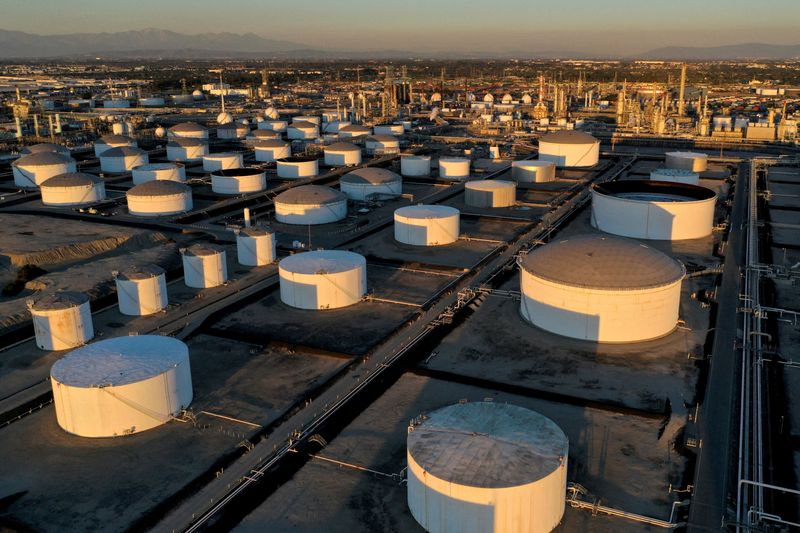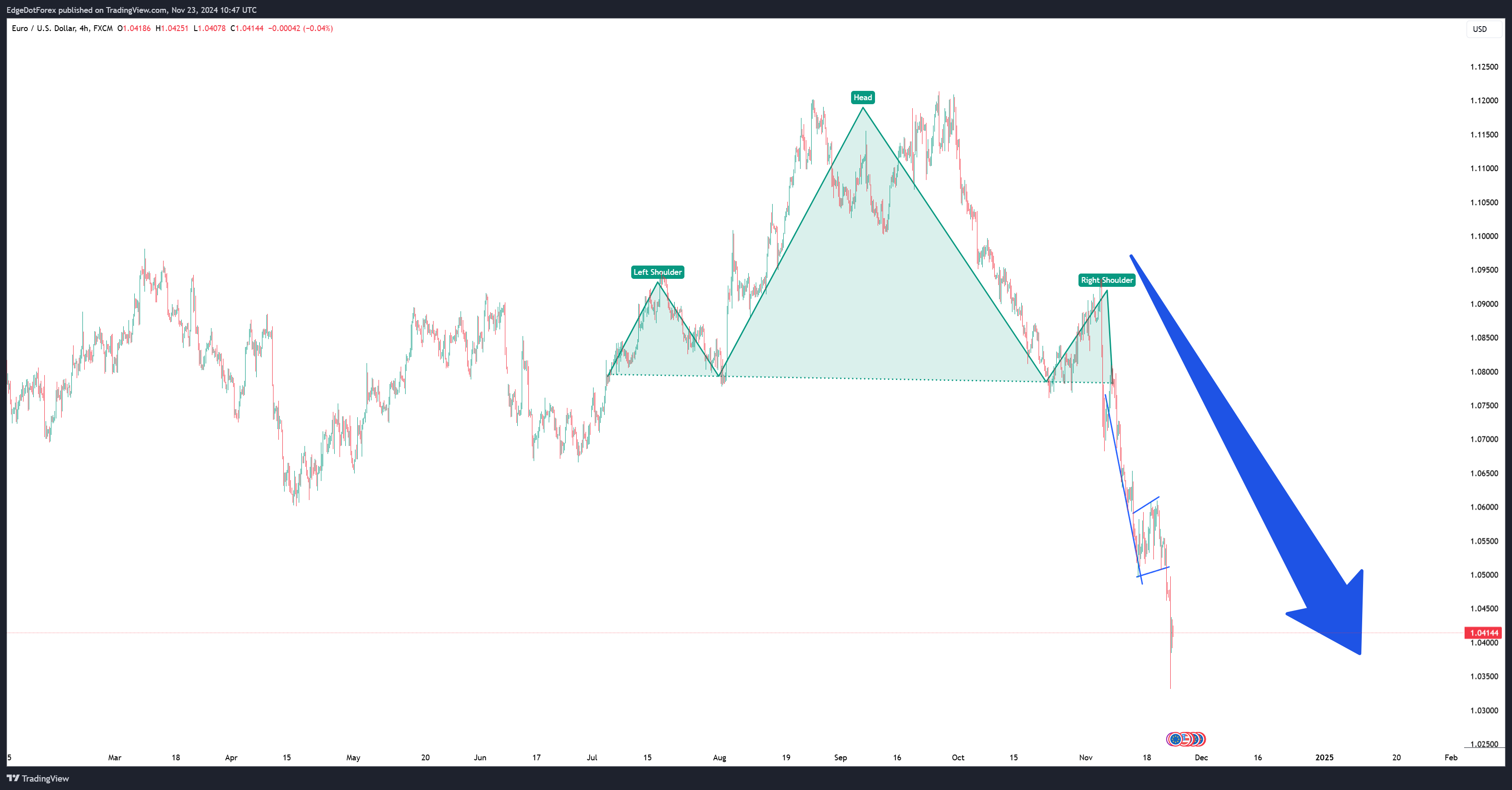
By Alex Lawler and Arunima Kumar
LONDON (Reuters) -Oil fell on Wednesday after two sessions of gains after an industry report showed increasing U.S. crude and fuel inventories, offsetting rising tension in the Middle East and the potentially bullish impact of a U.S. interest rate cut.
U.S. crude stocks rose by 1.96 million barrels in the week ended Sept. 13, market sources said on Tuesday citing American Petroleum Institute figures. Gasoline and distillates inventories also increased.
Brent crude futures for November were down 92 cents, or 1.25%, at $72.78 a barrel at 1100 GMT. U.S. crude futures for October dropped 95 cents, or 1.33%, to $70.24.
“Crude traded softer after a weekly build in U.S. crude and fuel stocks, reported by the API, helped offset sustained tensions in the Middle East,” Ole Hansen of Saxo Bank told Reuters.
Brent has staged a recovery since falling below $70 to its lowest since December 2021 on Sept. 10. It faces resistance at around $75 due to weak global refinery margins that signal sluggish demand, he added.
“The end of peak summer demand and a negative shift in traders’ sentiment have contributed to the price drop, though potential conflicts in the Middle East still pose a risk of supply disruptions,” said Mazen Salhab, Chief Market Strategist MENA, at BDSwiss.
The Federal Reserve is expected to make its first interest rate cut in more than four years at 1800 GMT, with markets pricing in a 63% chance of a 50 basis-point reduction.
“Probably the uncertainty of the magnitude of the likely Fed rate cut later today is also keeping investors cautious,” said UBS analyst Giovanni Staunovo.
Oil found some support from risks of increased violence in the Middle East disrupting supply after Hezbollah accused Israel of attacking the militant group with explosive-laden pagers in Lebanon. Hezbollah promised to retaliate against Israel, whose military declined to comment on the blasts.

After Tuesday’s API report, the latest round of official U.S. inventory data from the U.S. government’s Energy Information Administration is due out at 1430 GMT.
Analysts polled by Reuters estimated on average that crude inventories fell by about 500,000 barrels, while distillate and gasoline stocks increased slightly.
This post is originally published on INVESTING.





